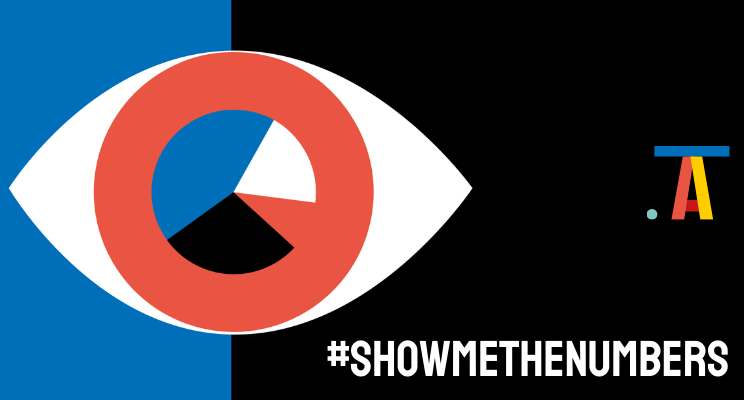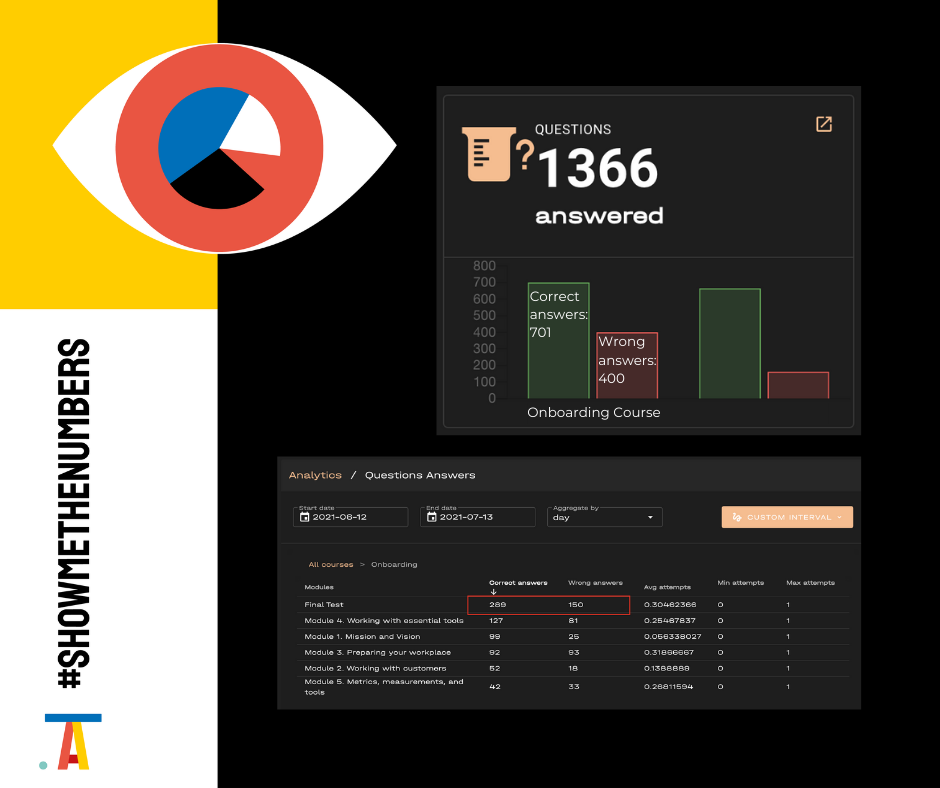The ratio between correct and wrong answers

There's no doubt that corporate e-learning is important and it's here to stay. Especially now that most companies are going remote and sharing knowledge must be engaging and efficient. No matter how good you think your programs are, if you don't track it in "production" you won't know how it's performing and that will have an impact on your organization.
There are a lot of metrics that make sense to track, some of them are somehow obvious, but they might not be representative. The drop-out rate, for instance, might say that the course is not interesting or too difficult, but doesn't answer the question "why?". It is possible to get to the root of the problem.
A less obvious KPI to track is not global to the course itself but to specificities of the course such as the interaction with the quizzes.
The ratio between correct and wrong answers, for example, is one of them.
If the number of wrong answer attempts is high, it might mean that either the quiz is not clear enough, or that the lesson didn't provide enough information for the learners to be able to correctly answer the quiz.

What should we check when we realize a high number of wrong answers to some specific questions?
- first, check if the content of the lesson helps to answer the question
- then, check if the questions' complexity is increasing gradually
- finally, check if the whole course complexity is adequate for your target audience
Deep insights are of utmost importance to learn about the black spots of a course. They can provide information to significantly improve the courses and lower the drop-out rate.
What metrics do you usually check to figure out the course quality?

